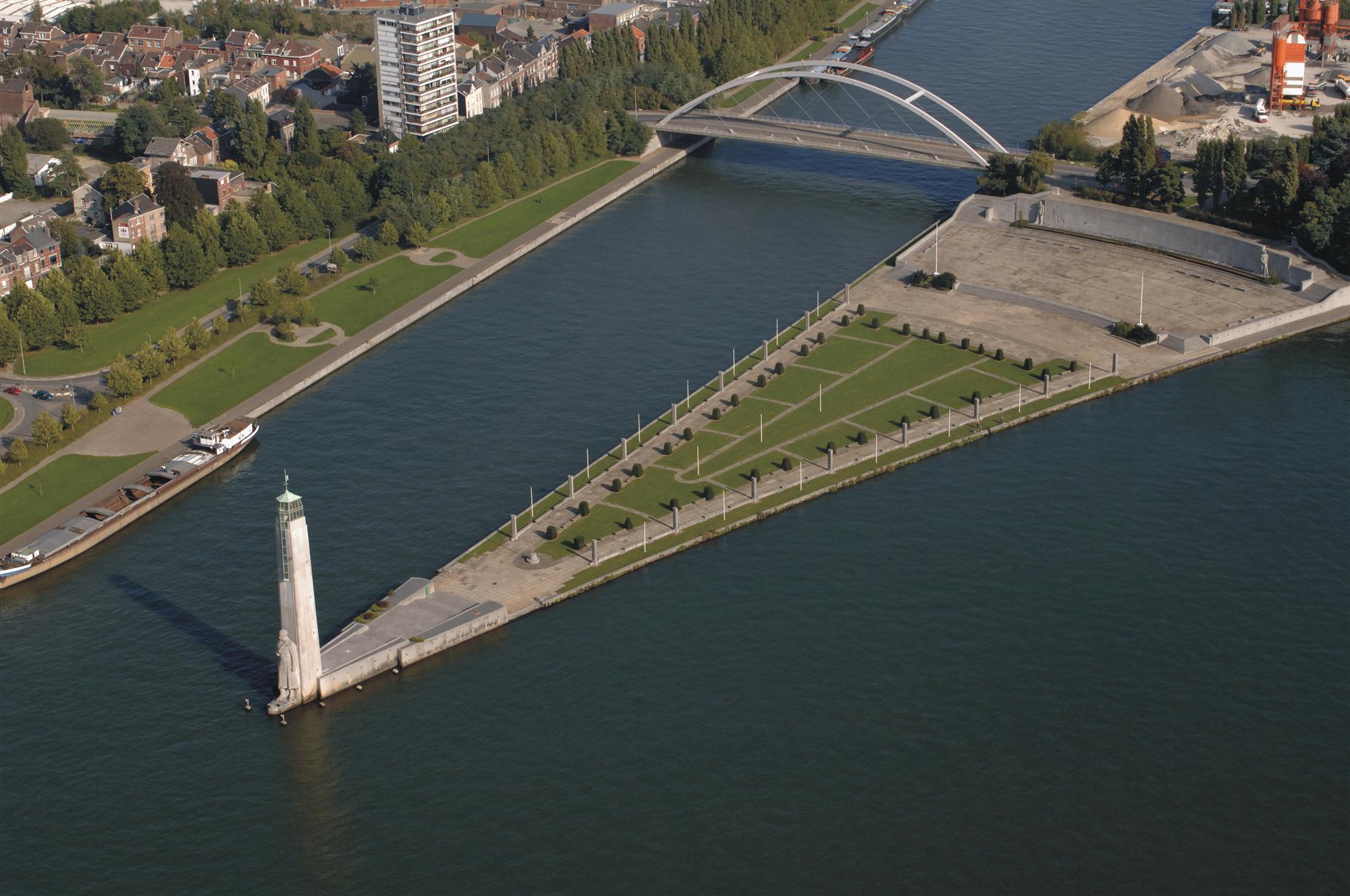Congestion is often the biggest impediment to distribution in Europe. While the Ports of Rotterdam and Antwerp are the two leading European seaports for handling containers, moving those containers quickly on the landside segment is problematic. The issue is quickly becoming compounded by the fact that ports are faced with having to handle an increasing number of large vessels, including today’s ultra large container ships (ULCS).
For this reason, distribution and customs clearance is moving inland. Various international studies indicate that Wallonia in French Belgium offers the best location for establishing logistics and distribution activities. TNT, H&M, Johnson & Johnson, Dow Corning, Skechers, Baxter, PFSweb, Farnell, and Scott Sports all have operations there.
The ports of Rotterdam and Antwerp factor big for the logistics industry in Wallonia. “The problem with these two main seaports is space and congestion,” says Bernard Piette, general manager, logistics in Wallonia.
Currently, the Port of Rotterdam handles some 12 million TEUs per year. With the development of Maasvlakte 2, officials anticipate a 28 million TEU throughput by 2030. “The big issue is how to cope with that amount of boxes,” says Piette.
Maasvlakte 2 operators APM Terminals and Rotterdam World Gateway are obligated to move containers from the port 40% via barge and 25% by rail. This creates opportunities for Wallonia and its Port of Liège, which operates as the largest inland port in Belgium, and the third-largest in Europe, and offers direct, uncongested waterway connections to the Port of Rotterdam.
“What makes Wallonia unique is we are a fully multimodal region 250 kilometres from one side to the other,” Piette says. “And we are a gateway with 3.5 million people. Even in Liège, all transport modes (road, rail, water, and air) are close to each other.”

The Port of Liège is located at the crossroads of six motorways with connections to Antwerp, Brussels, the Netherlands, Luxembourg, Germany and France, and four rail lines forming part of the European railway network. The port, operated by the Liège Port Authority, is accessible to seagoing vessels (up to 2,500 tons) and convoys propelled by two barges (up to 4,500 tons). Ships can connect with the Ports of Antwerp in 14 hours; Rotterdam, 24 hours; Dunkirk, 48 hours; and Zeebrugge, 24 hours. “Containers are shuttled to connect with North Sea ports Amsterdam, Rotterdam and Zeebrugge,” says Helene Thiebaut, Liège Port Authority spokesperson. Containers are cleared in Liège, which helps speed processing.
“Belgium is a catchment area. It can serve 56 million consumers within 150 kilometers who have 60% of Europe’s purchasing power,” says Thiebaut. “This makes it easy for European distribution. We saw a good increase in traffic last year. The tonnage carried on waterways rose by 3% to 20,527,456 tonnes; 56.862 TEU containers.”
The port is a bulk port. Containerized freight is a relatively new activity, with Liège Container Terminal handling 95% of the container activity.
“Liège Container Terminal has extended gates for MSC, CMA CGM, Maersk, OOCL and China Shipping,” she says. “It is highly on the international map of shipping lines.”
The Liège Trilogiport, which opened in 2016, anchors Liège as an inland port given its multimodal logistics platform that includes a container terminal and road and rail services. Liège Port Authority expects Trilogiport will further enhance Belgium’s reputation as the logistical capital of Europe.
Trilogiport is located on 293 acres along the Albert Canal in Mermalle-sous-Argenteau and offers a container terminal (37 acres) for vessel loading and unloading activities; a logistics area (103 acres) at the rear of the container terminal for distribution companies; a future site for economic activities (55 acres), a tertiary services area (2.2 acres); and an environmental integration area (96 acres).
DP World manages Trilogiport’s container world. WDP (a Belgium company) and D.L. Trilogiport Belgium have taken acreage to develop distribution centre sites.
The Port of Antwerp worked closely with Liège Port Authority in developing Trilogiport to guarantee a seamless system of distribution downstream from the port cargo unloading system. Most noteworthy, the Liège Port Authority, along with stakeholders and government departments, including the planning commission, were able to work fast to develop the first distribution center at Trilogiport in six months and accommodate its first client, Tempo One Beligum (a 3PL), which is now in operation. “This is unusual for Belgium,” says Thiebaut.
 Tempo One Belgium is the client for Alpargatas, Brazil’s largest footwear company, which is exporting its Havaianas brand of flip flops via Trilogiport.
Tempo One Belgium is the client for Alpargatas, Brazil’s largest footwear company, which is exporting its Havaianas brand of flip flops via Trilogiport.
“We are very proud to welcome this product because it is a well-known international brand,” Thiebaut says. “It’s not a piece of wood and steel.”
Patrick Ballestero, Tempo One’s site director, explains that Alpargatas produces some 260 million pairs of flip flops per year – 8 million of which were produced last year for the European market and distributed through the company’s site in Marseilles. “In early 2016, they decided to create another distribution centre in northern Europe because the one in Marseilles, at 25,000 square meters, was too small,” he explains.
By choosing Liège, the company can distribute more rapidly to the UK, France, Benelux, and Austria/Germany. Currently, its Belgium warehouse handles one-third of Alpargatas’s European exports. Containers of flip flops arrive at the Port of Antwerp, are offloaded onto smaller vessels, and then shipped via the Albert Canal where they are offloaded at Trilogiport. From there, shipments are transported by truck to their destinations.
“For us, the goal is not to have only one customer, but develop many,” Ballestero adds.
A second building, 45,000 square metres in size, will soon open for 3PL operator Jost Group. By 2021, it expects to expand to 180,000 square metres.
By Karen E. Thuermer
Correspondent | Washington